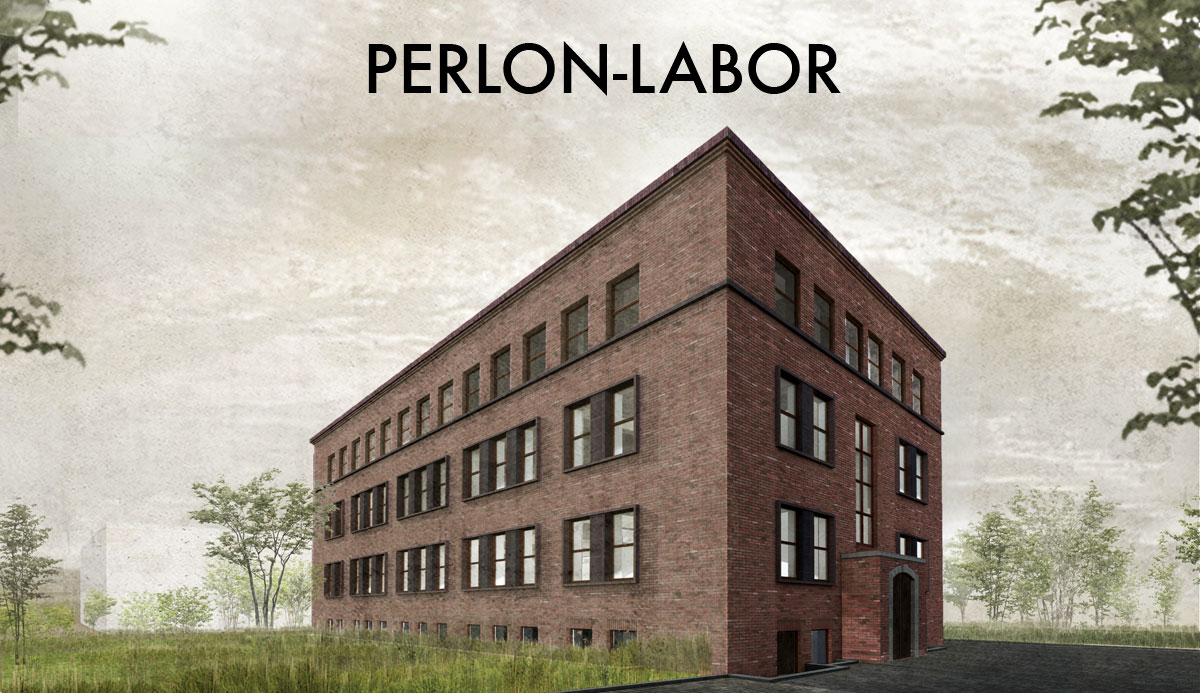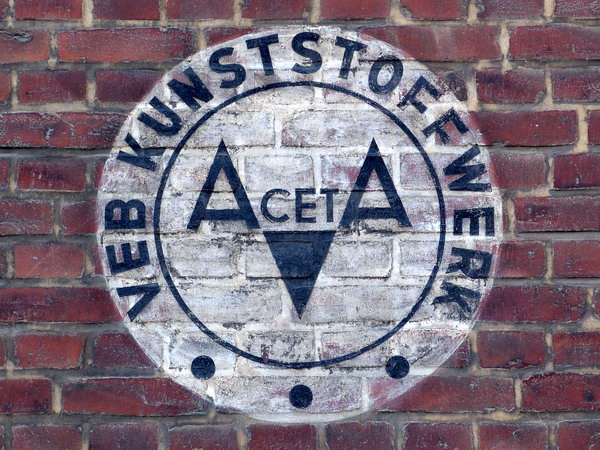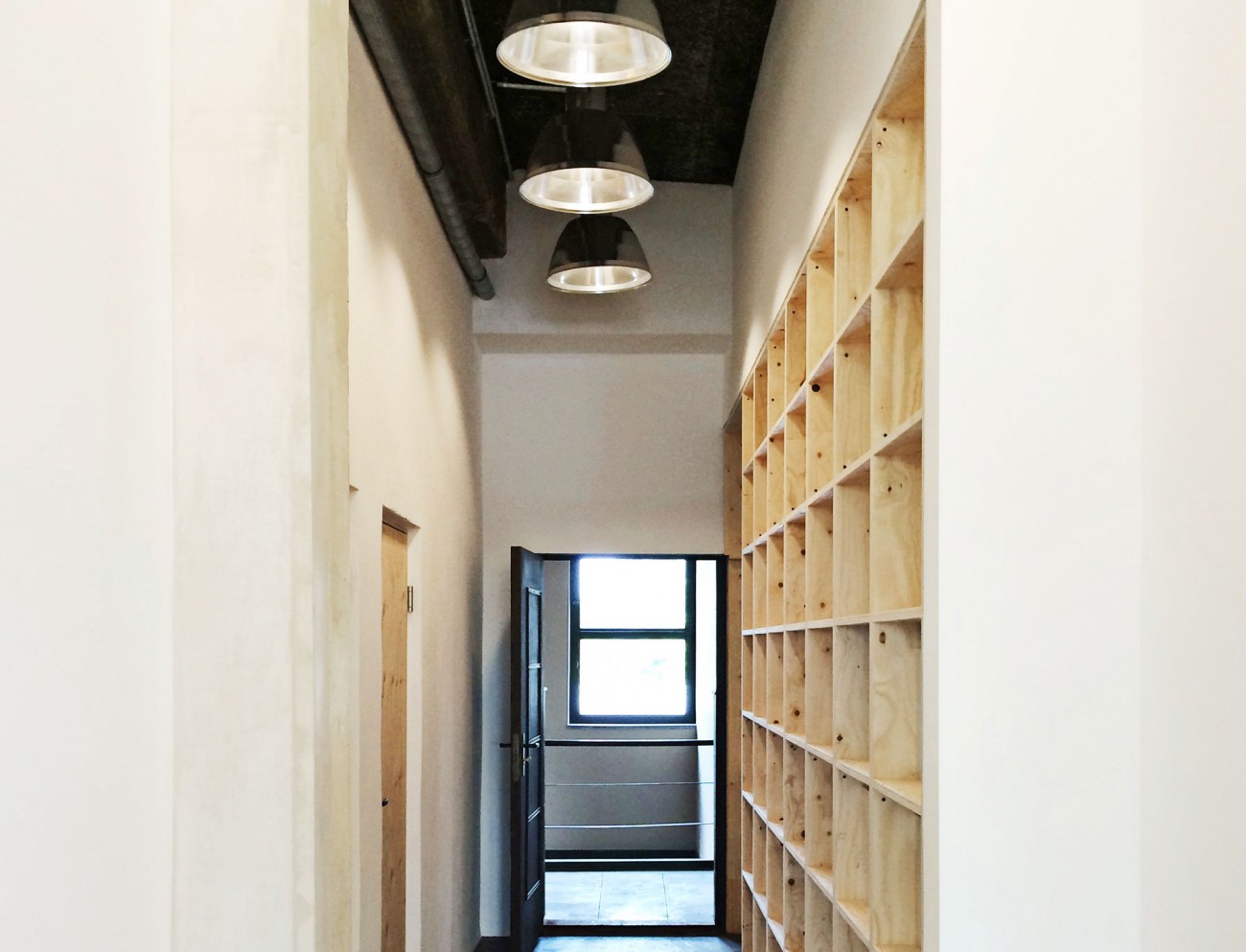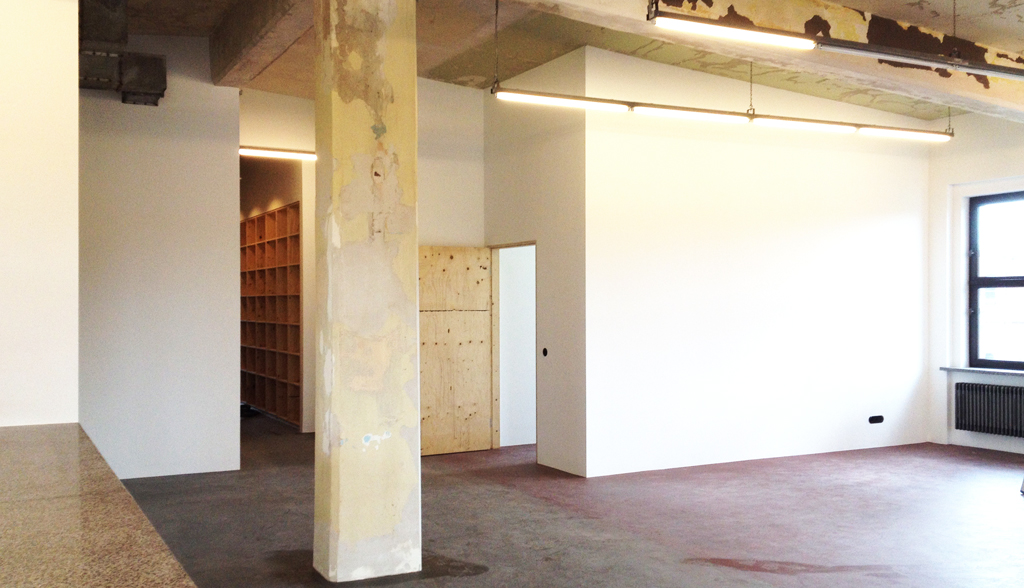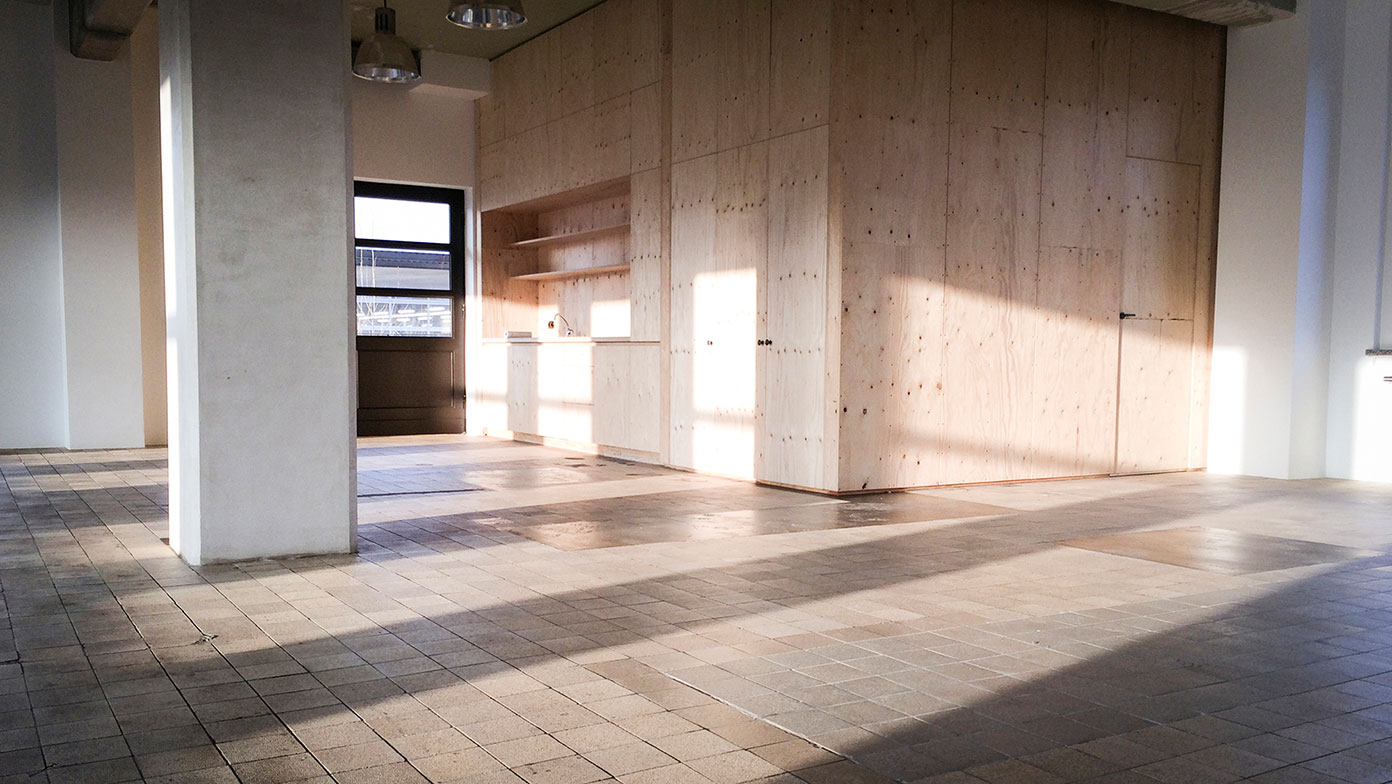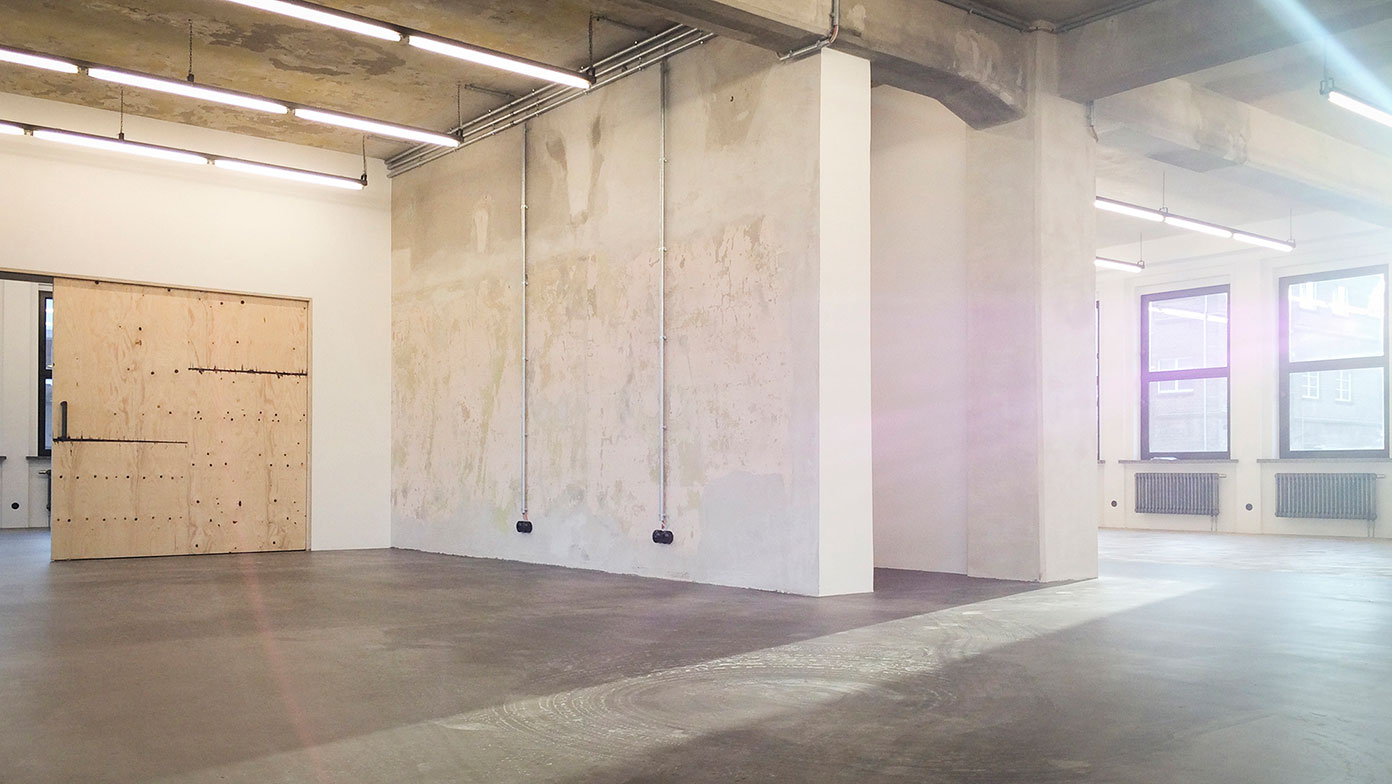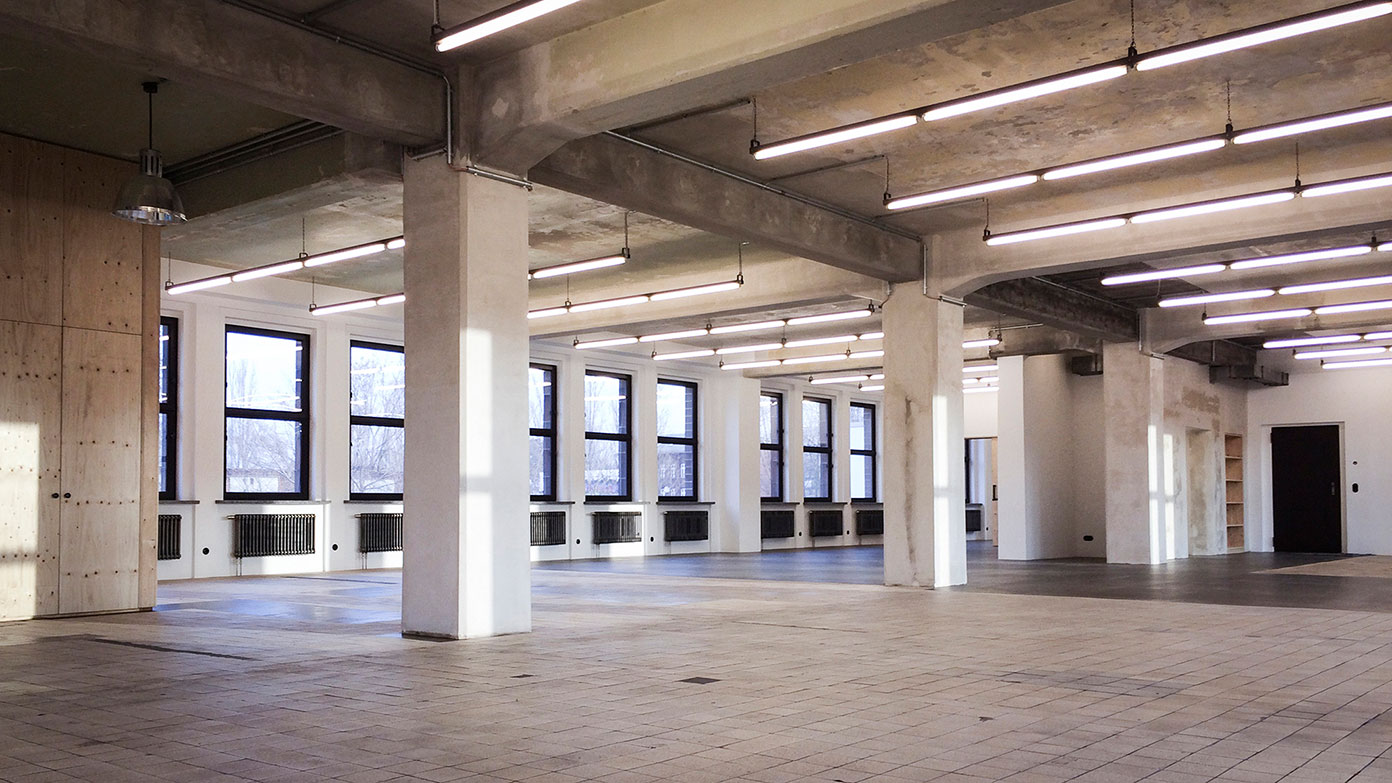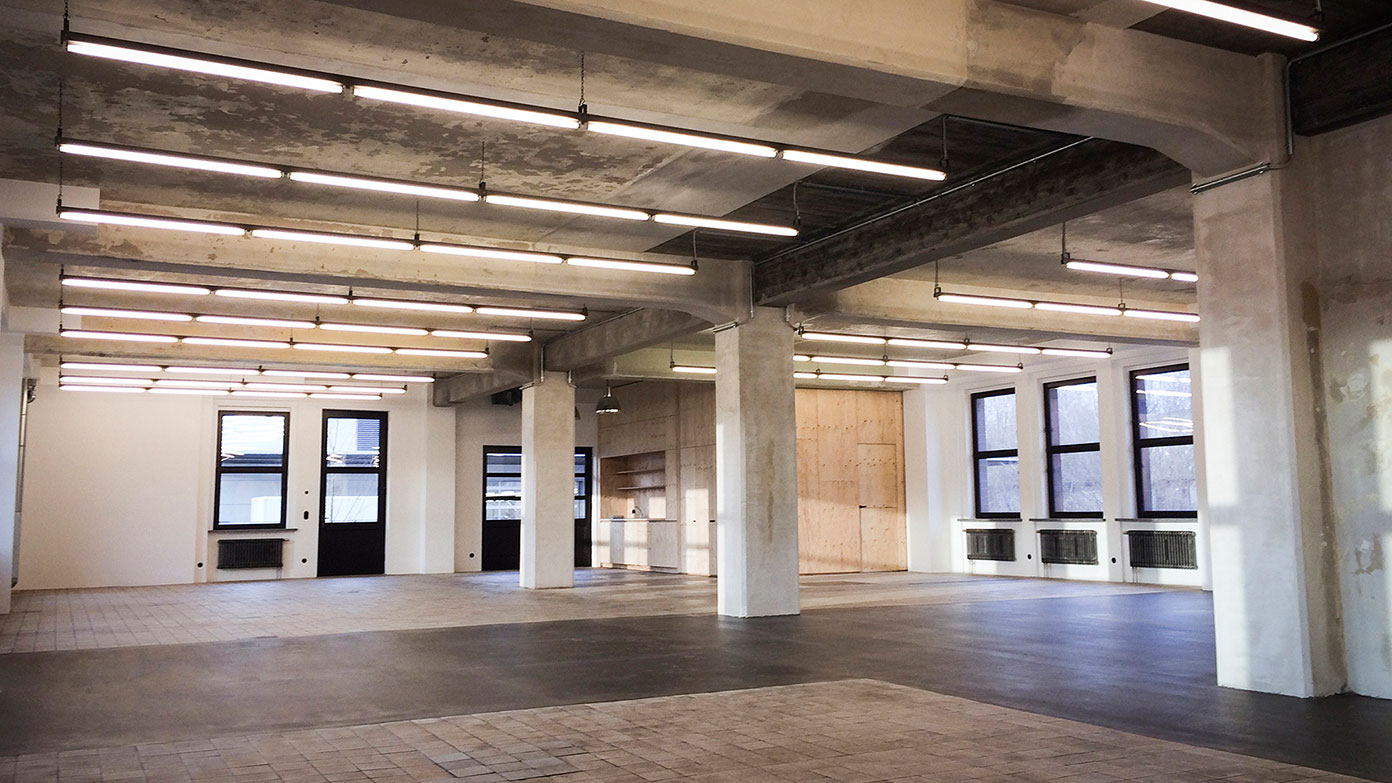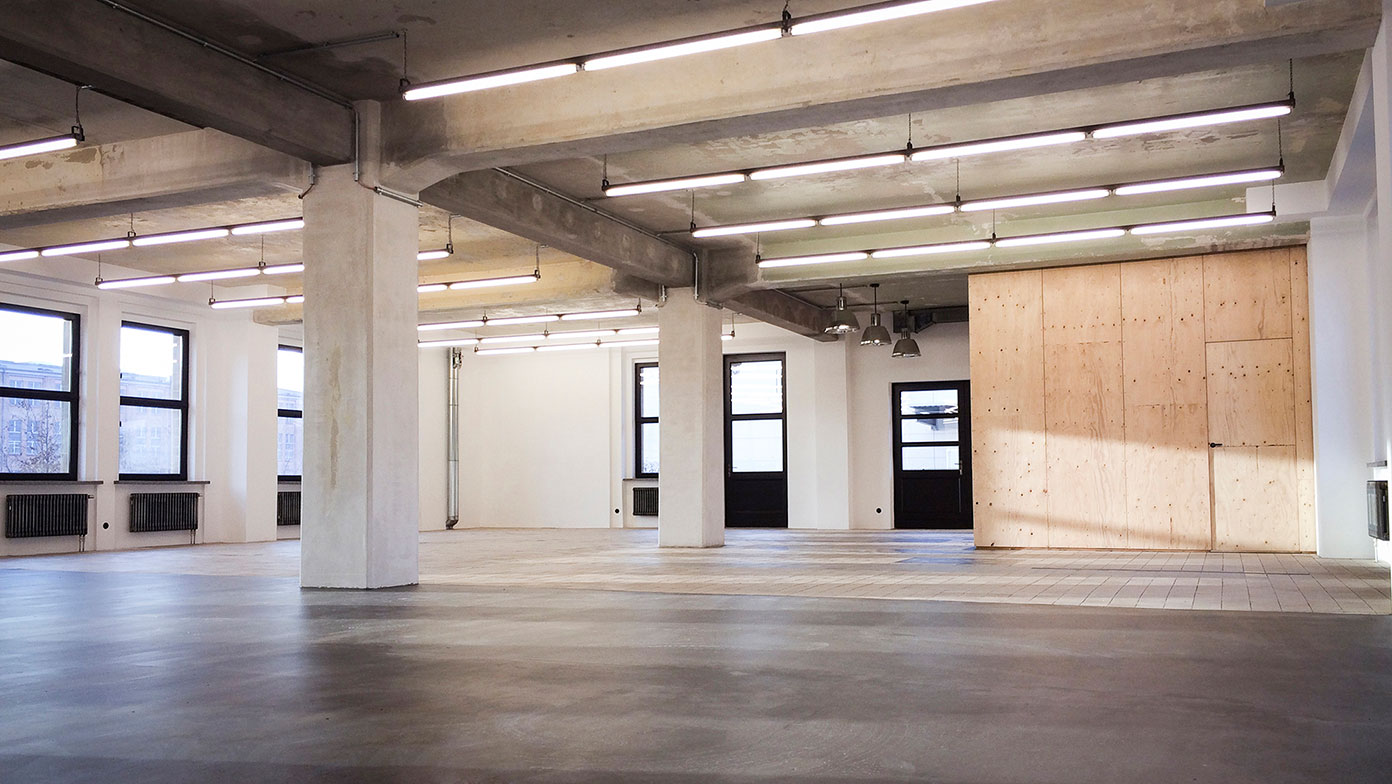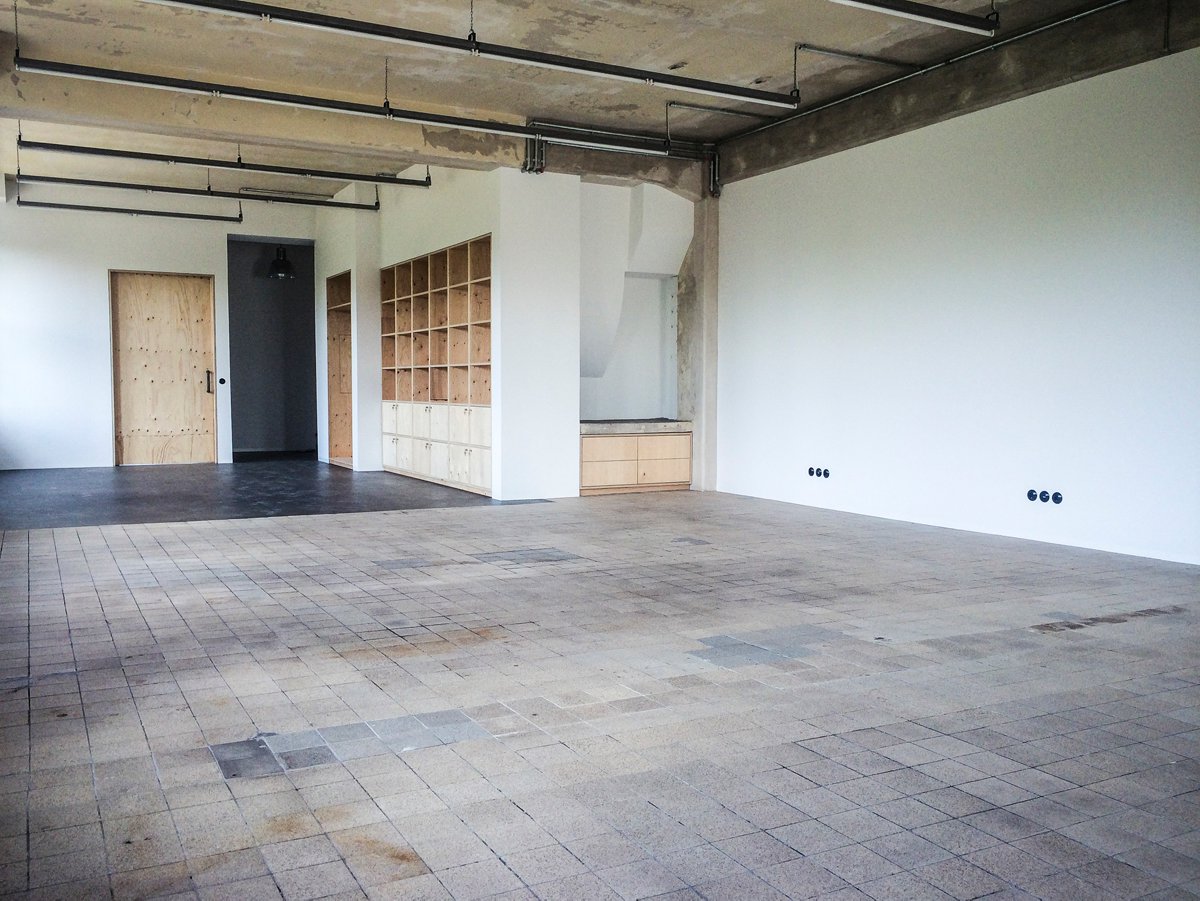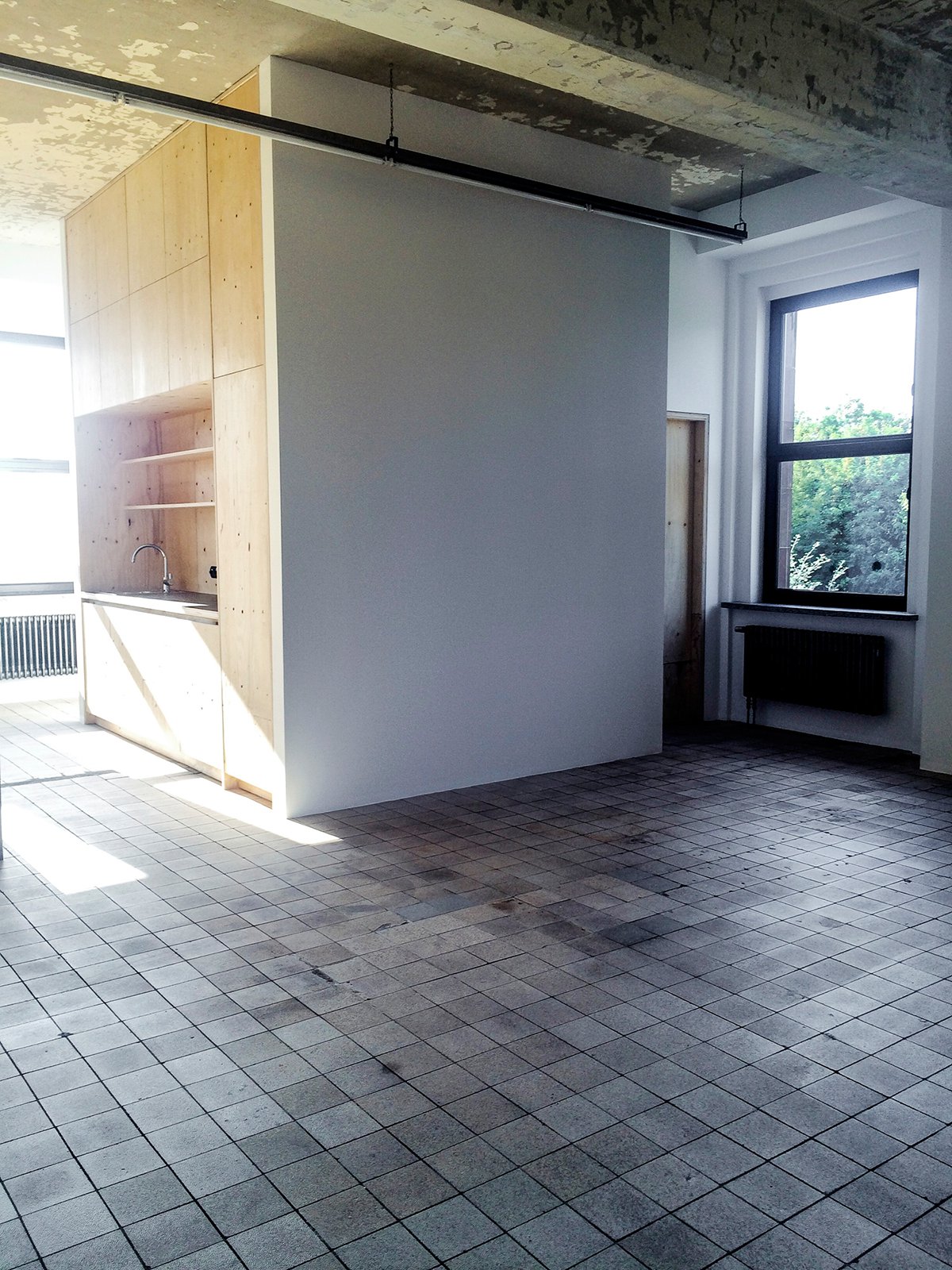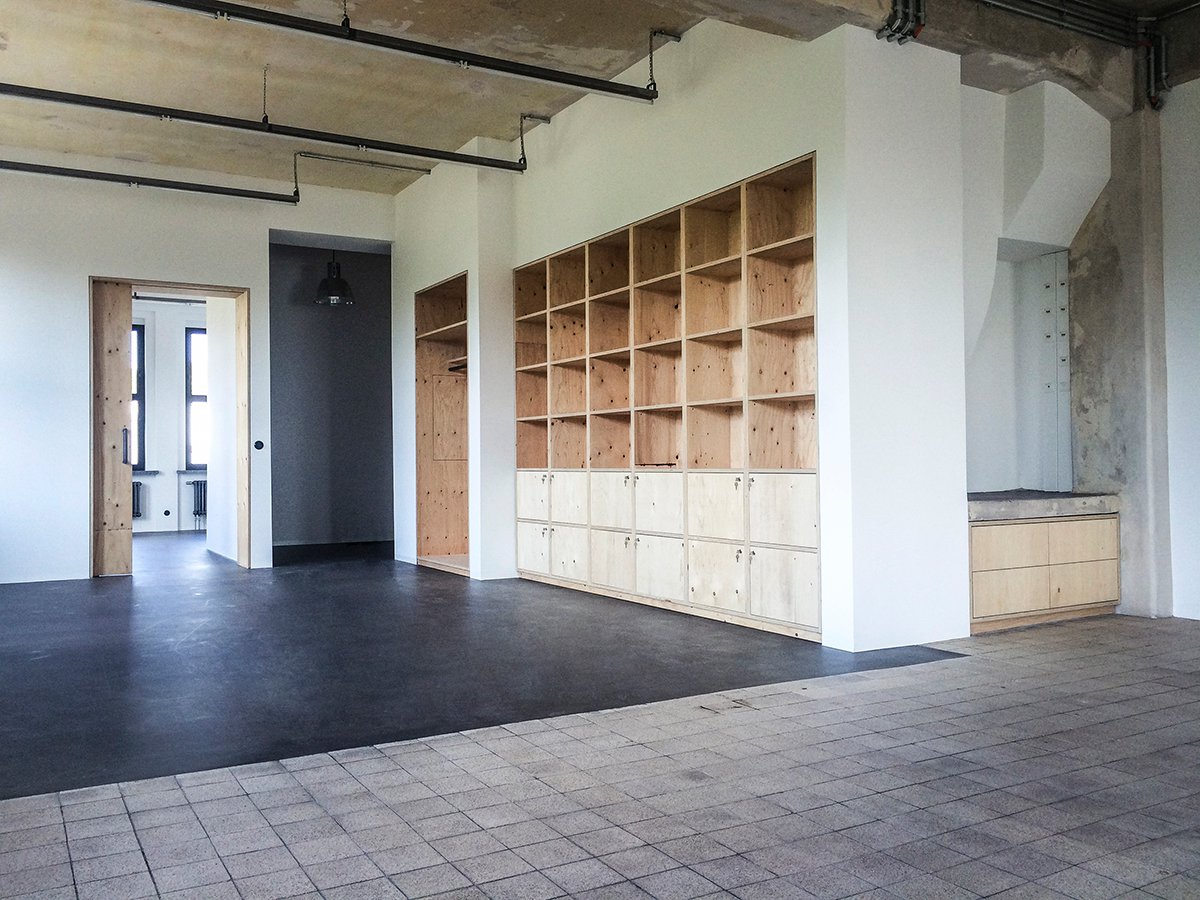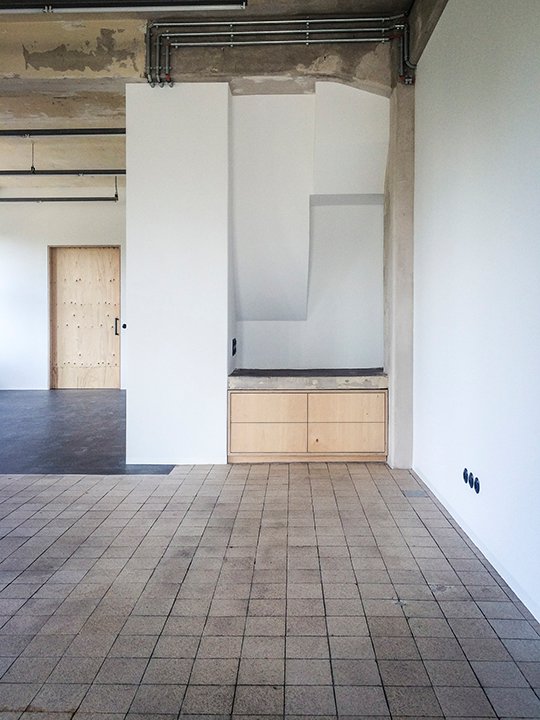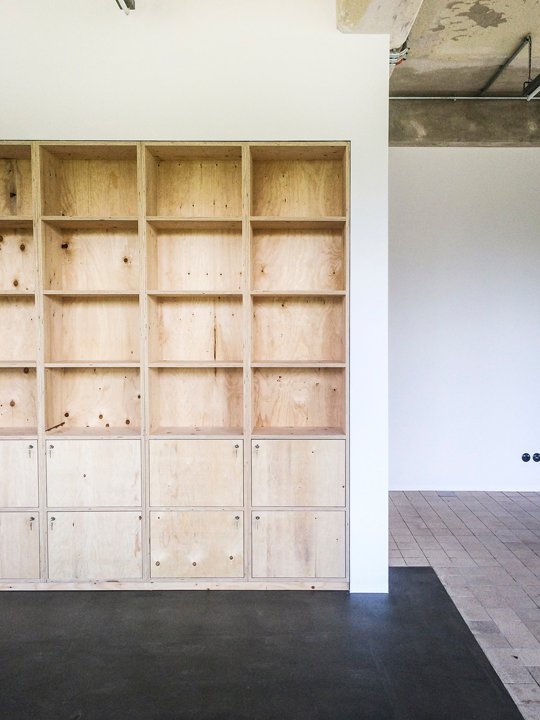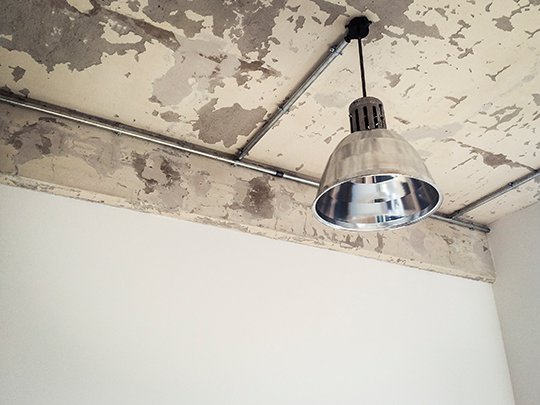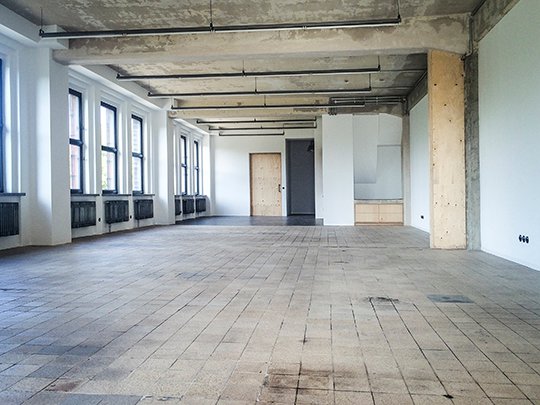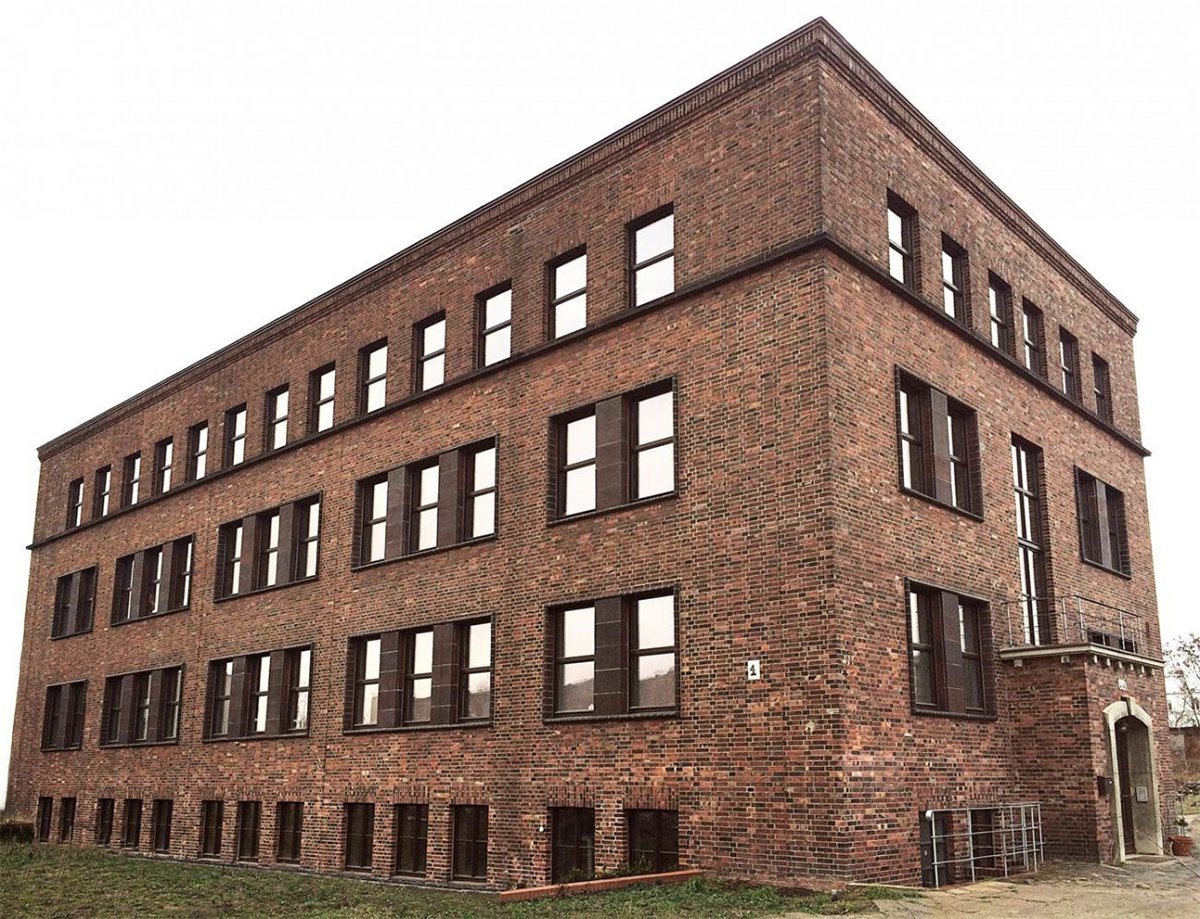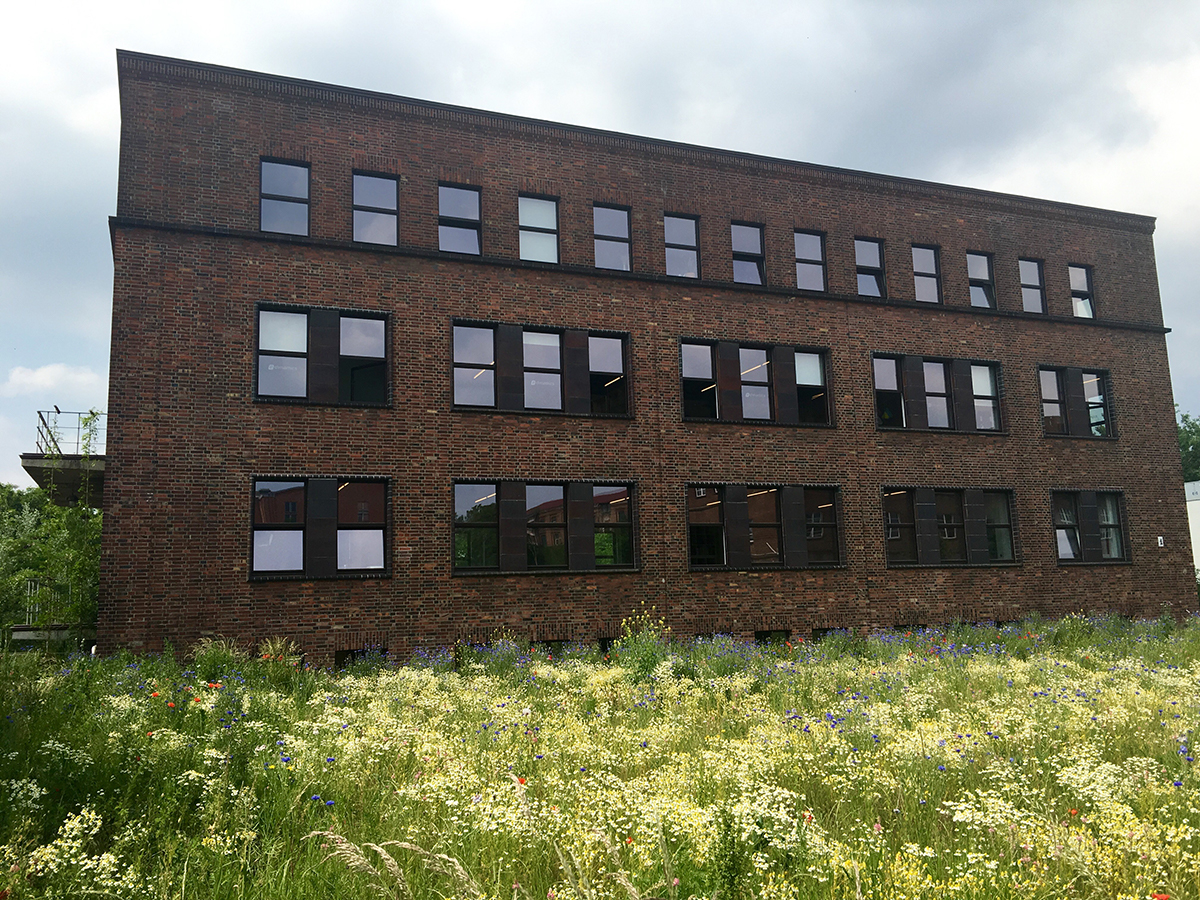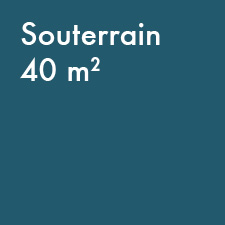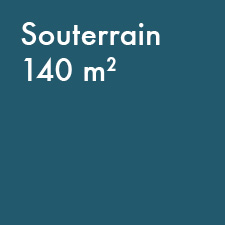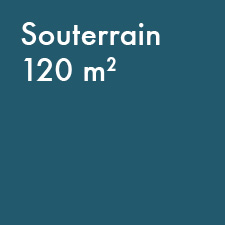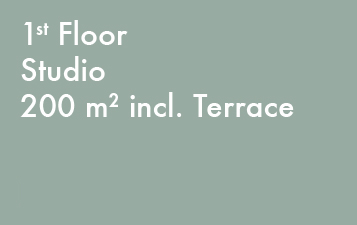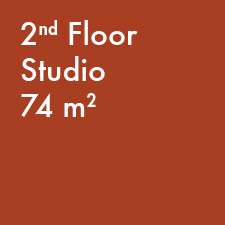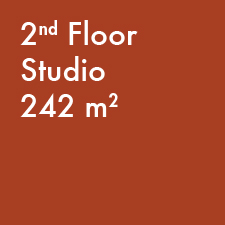LABOR
The former the Perlon-Labor consist of studio-lofts with areas between 40m² and 400m² per floor for commercial usage.
The Laboratory has been restored in conservative practice and and equipped with energy-efficient heating and isolating window. The landmarked three-storey Building with a gross floor area of ca. 1.900 m² is located on a 3.000 m² property with many green area.
HISTORY
Multiple chemical companies of international reputation have their roots in the Perlon-Labor area. A piece of Berlin’s industrial history of more than 150 years. In 1867 the Gesellschaft für Anilinfabrikation mbH is founded north of the Rummelsburger Bucht. The two chemists Carl Alexander Martius and Paul Mendelssohn Bartholdy, son of the composer, start developping colours for the textile and letterpress industry. Still today the so-called Bismarck-brown created at the time is used in the dyeing of textiles. Just shortly after its founding the company merges with other Berlin-based chemical plants.
Rapidly growing to become the largest factory of synthetic colour production throughout Northern Germany, the „AG für Anilinfabrikation“ IPO follows in 1873 that lays the foundation of the world-famous brand Agfa. From the edge of the city Agfa taps the global market producing film rolls. Despite the creation of innovative products the high level of air pollution of the industrialisation forces the company to outsource its sensitive production line. While Agfa expands the main factory in Wolfen, it discontinues producing both colours and film rolls after World War I. Instead the two scientists succeed in creating a textile that first saves the lives of fighter pilots, in the form of parachutes, in World War II and soon covers the women’s legs of a whole nation: Perlon. The acetate factory, founded in 1925 and daughter of the worldwide biggest chemical concern I.G. Farben, produces the synthetic fibre of parachutes, followed by fashion, engineering and household goods. After 1951 it is named VEB Kunststoffwerk Aceta.
After the fall of the Berlin wall, the operation of the factory gradually decreases. In 2012 the property fund Berlin sells the building. Until 2015 studios are created here.
IMPRESSIONS
Location
One of the landmarks of the district of Lichtenberg is the combined heat and power station Klingenberg, located near the Spree in the Southeast of Rummelsburg and named after the electrical engineer Georg Klingenberg. It was built in 1925 and has long been regarded as the largest and most modern facility of Europe. The S-Bahn station Ostkreuz is in close vicinity to the building. In addition the tram line 21 and various bus routes run on a regular time schedule. At the end of Gustav-Holzmann-Straße you will find the lakeshore of the Rummelsburger Bucht. The property is situated in an industrial area. Various artist studios, media factories, the Spreestudios and the Hafenküche can be found in the neighbourhood.
